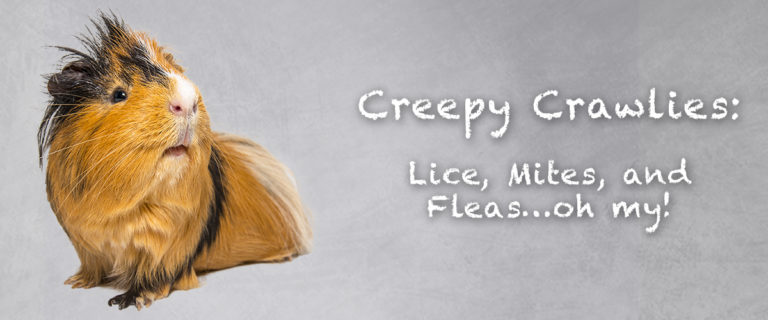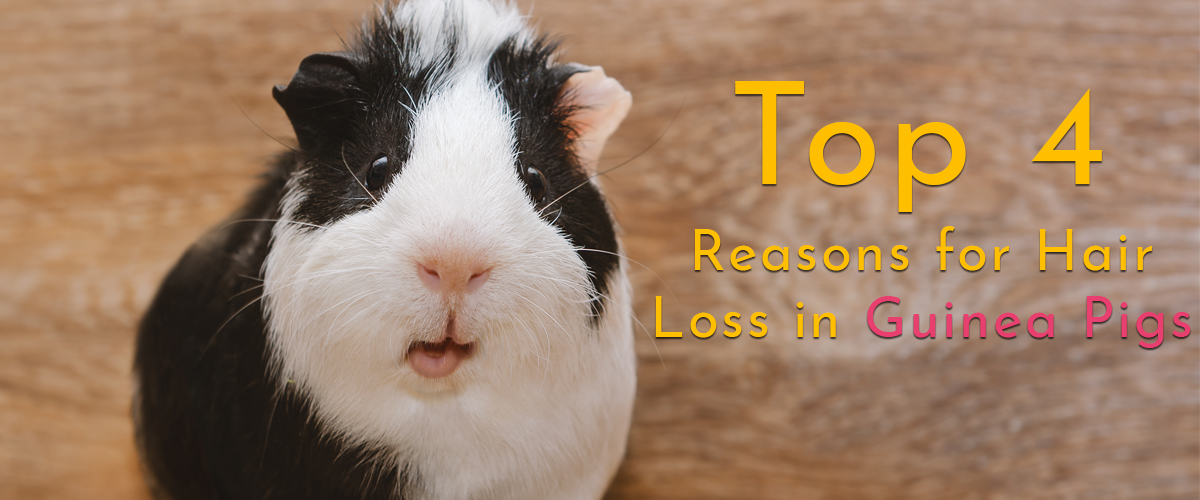Does your guinea pig have mites or lice? If you notice signs of itching, fur shedding, biting at the skin, irritation, or scabby sores on your piggy's skin, there's a good chance that he may have mites or lice. Both of these types of parasites cause a lot of discomfort. In some cases, they can cause major health risks. Knowing the difference between guinea pig mites and lice is essential to help you know which parasite is making itself at home. This will make it easier to identify the signs, and then find the right treatment option to get rid of the problem safely.
Mites cannot be seen with the naked eye. There are two types – fur mites and mange mites. Fur mites are found in the hair of your piggy. One type of fur mites is harmless and only found on guinea pigs. The other type causes more irritation and skin problems and can be transferred to humans and other pets in the household. Fur mites are generally easier to treat. Mange mites, on the other hand, can be deadly to guinea pigs. These mites burrow into the skin. They cause severe pain and even death. If you notice one of your piggies showing signs of biting, scratching, hair loss, or seizures, treat all of them as soon as possible.
Lice are visible to the naked eye. They produce sores that are scabby, with dry, flaky, thick skin patches. They typically appear around the ears, head, neck, and rump. These parasites can be treated fairly easily, and they are not life-threatening.
In this guide, we share more information on these parasites, to help you deal with guinea pig mites and lice the right way.
Ah, parasites. No matter how well you care for your guinea pig and how clean you keep the environment, lice and mites commonly make themselves at home on your guinea pig's body. And reproduce. And reproduce some more, until your poor cavy is itching, biting at her skin, shedding, and irritable.
Parasites that are only specific to guinea pigs include:
- Trixacarus caviae (mange mite)
- Guinea pig lice
- Chirodiscoides Caviae (fur mite)
These uninvited guests usually come from direct contact with another guinea pig that already has mites and/or lice. They can also be spread through indirect contact (bedding or clothing that has been tainted by the insects or eggs after holding an infested guinea pig). Bedding, accessories, and food that has not been in contact with a carrier will not contain or spread guinea pig mites or lice.
Are They Mites Or Lice?
The mange mite is the most common parasite that likes to infest our poor piggies. Mites can't be seen with the naked eye, but their symptoms are fairly obvious. They can cause extreme itching, dandruff, skin irritation and scabs, and even seizures. Yikes.
While it may seem logical to bathe a guinea pig with parasites, bathing a guinea pig with mites can cause them to burrow deeper, increase irritation, and make treatment more difficult. Unless a medicated shampoo is prescribed by your exotic vet, hold off on bathing a guinea pig suffering from mites until the little demons are under control and your guinea pig is feeling more comfortable.
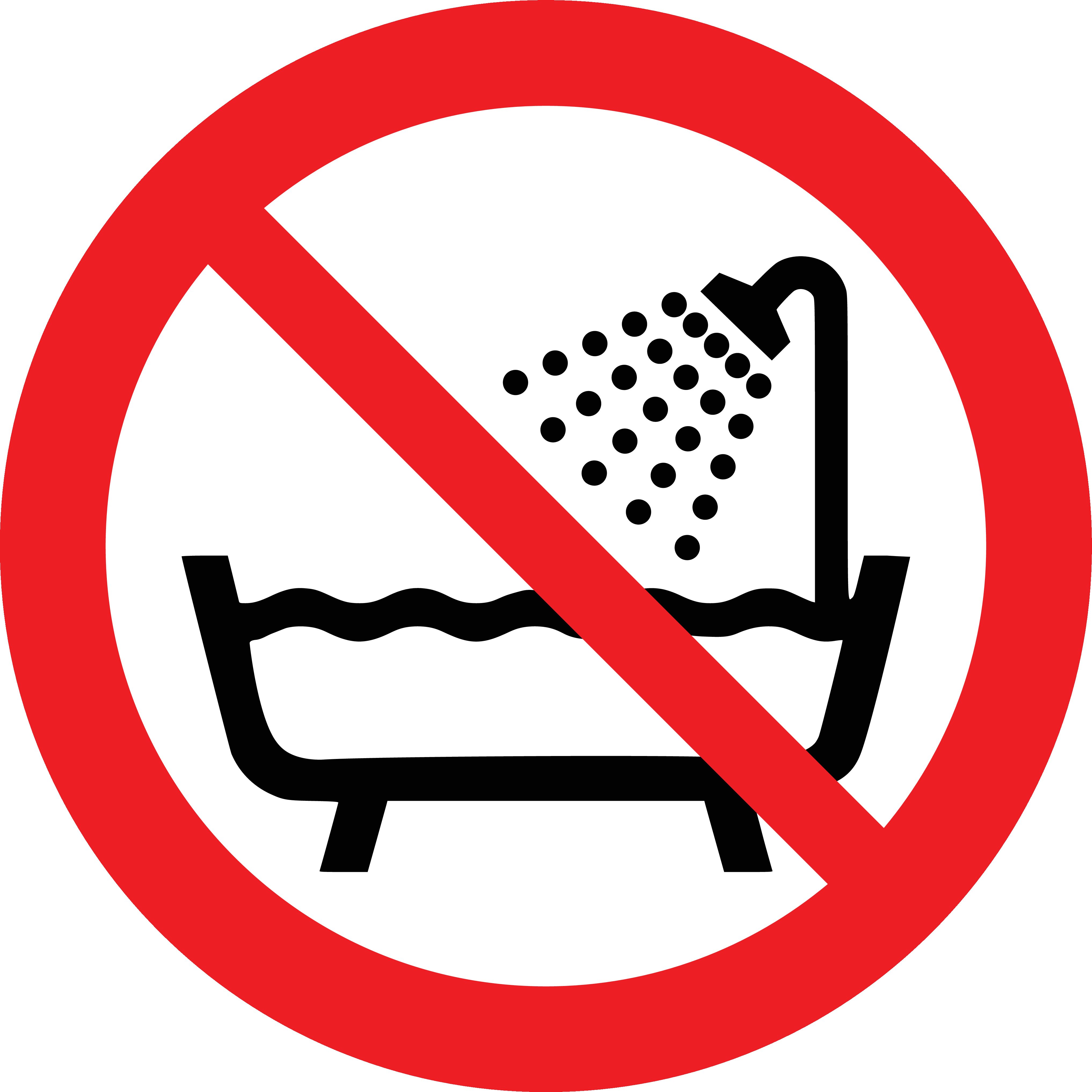
It's fairly easy to distinguish mites from lice. Lice causes itching also, but you are able to see the creepy crawlies without the aid of a microscope. Part the guinea pig's hair and examine the base of the hair shaft and skin. Lice will look like little white or pale yellow worms wiggling about. A flashlight can help diagnose lice, especially on guinea pigs with lighter skin and hair.
Guinea pig parasites are gross, annoying, and inconvenient, but don't worry ... they won't spread to you, your kids, or other types of pets. Lice and mites on guinea pigs are species-specific.
How To Treat Guinea Pig Parasites
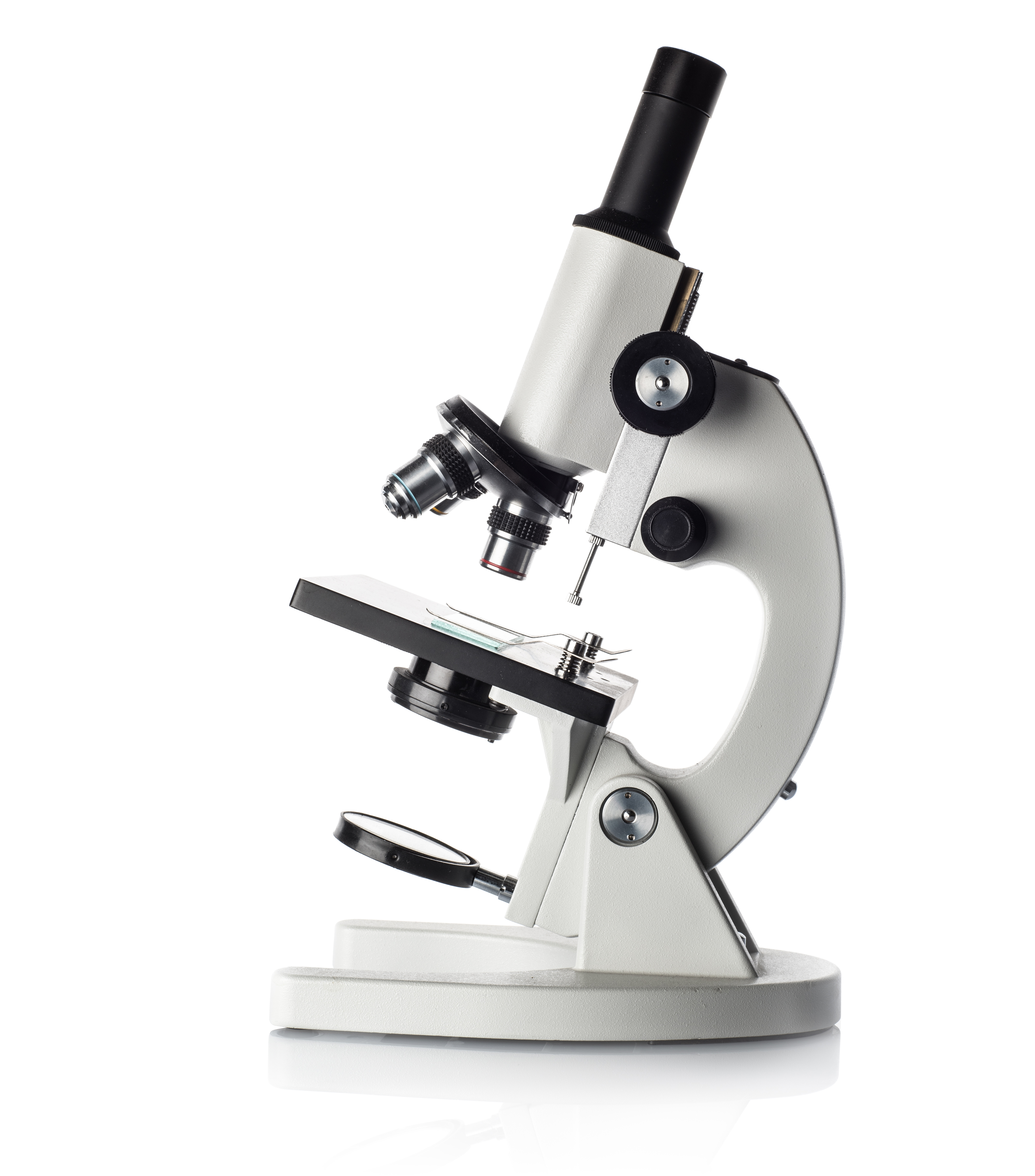
Microscopic mites can be hard to spot, even through skin scrapings. The vet will likely diagnose the guinea pig based on symptoms (itching, hair loss, skin irritation, etc.). The most common medicine for both mites and lice is Ivermectin. Revolution is a chemically similar prescription product that can be given as an alternative.
Ivermectin can be given orally, topically, or by injection. Most guinea pig parents find direct application to the bald spots behind the ears to be easiest and most effective. The 1% formulation (don't worry if it is labeled for injection in pigs and cows) is safe, readily available, and affordable; .05 ml/kg is the standard topical dose for guinea pigs.
Ivermectin does NOT kill the eggs of lice or mites, so the treatment must be repeated at least once about a week later. For severe cases, the vet may even recommend a third treatment 7-10 days after that. Note that Revolution doesn't need to be repeated as frequently as Ivermectin, and may provide protection for a full month.
Leave, and Never Come Back
The most important part of treatment is to prevent the little pests from coming back. Regardless of whether they are showing symptoms, all guinea pigs in the household should be treated. Parasites can lay dormant for a long time. A guinea pig may have picked them up some time ago, but won't show symptoms until she is weakened in some way. Very young or old guinea pigs and those that are sick or pregnant will show signs of parasites quicker and may suffer more severe infestations.
On a related note, to keep lice and mites from spreading and returning, sanitize the environment after every treatment. Wash fleece, bowls, bottles, and accessories in hot, soapy water and wipe down cages with a vinegar/water solution if a full wash isn't possible.
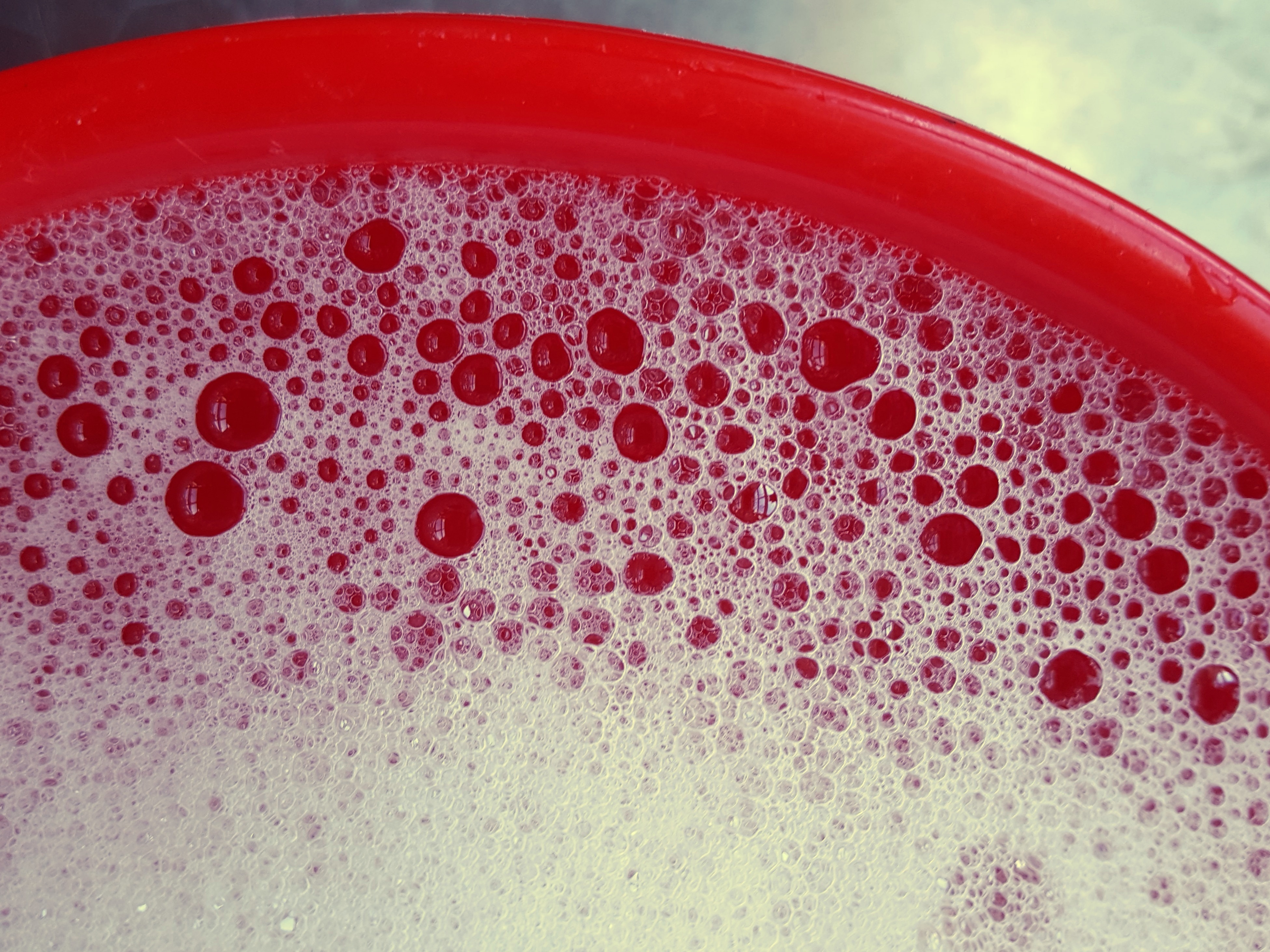
Wooden items that can't be washed can be "baked" in a low-heat oven to kill eggs and removed from the guinea pigs' environment for a few weeks for good measure. Parasites won't continue to survive without a host.
What About Fleas?
Guinea pigs are most commonly plagued with mites and lice. They aren't a natural host for fleas. If you see a flea on your guinea pig, they likely came from another animal in the household, like a dog or cat. It's not advisable to treat a guinea pig with flea medications made for dogs and cats other than Revolution, as these chemicals can be toxic to guinea pigs.
Once the flea problem is addressed in the environment and on the host animals, they may bite guinea pigs a few times but won't stick around. Fleas can't complete their life cycle just anywhere. They require specific blood meal to stimulate their reproductive organs for breeding. Cavies just don't satisfy the little zombies.
My Guinea Pig is Still Itchy. Now What?
Parasites aren't the only cause of dry, itchy skin and hair loss. If treating for guinea pig lice and mites doesn't resolve your buddy's discomfort, there may be other issues at play. Guinea pigs can suffer from fungus, like ringworm. Fungus can cause bald patches, scaly skin, and hair loss. A vet will be able to tell the difference, and will likely recommend an anti-fungal cream or shampoo, or give oral medication for severe outbreaks.
Hair loss can also be caused by medical conditions like scurvy (vitamin C deficiency) and ovarian cysts (usually first presents as balding on both sides of the belly in older females). Hair loss that isn't falling out at the root may be self-inflicted. Your guinea pig may "barber" himself as a result of pain or stress. His pals may barber him too as a display of dominance or even bullying behavior.
Some guinea pigs are just prone to skin issues, like dandruff, especially when the weather changes. These piggies may just need simple adjustments like a dietary change or humidifier in the room.
Parasites in guinea pigs are common, although unsettling, but usually easy to treat. Always consult with your exotic vet for a proper diagnosis, as more serious conditions can cause similar symptoms.



